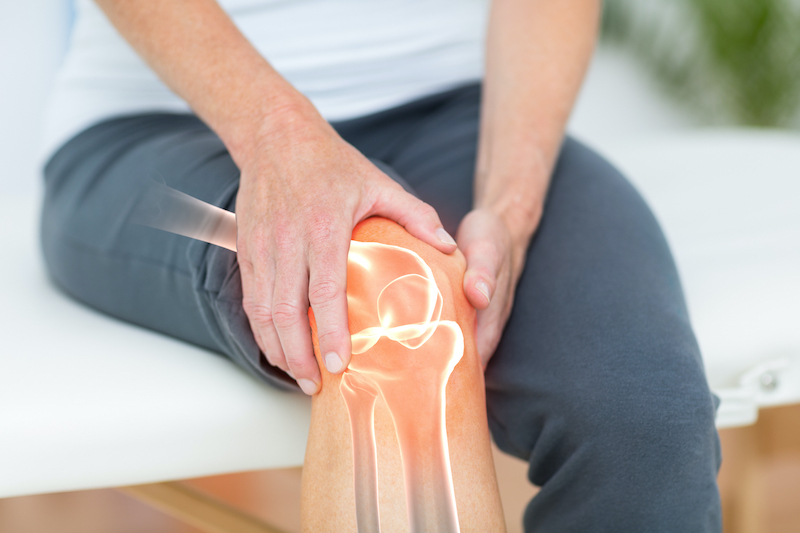For knee arthritis treatment in Hanford, we suggest you skip the imaging test and start physical therapy right away instead
If you are searching for options for knee arthritis treatment in Hanford, read on. I’d like to share with you why our type of treatment is what you should try first.
Knee pain can be seriously detrimental to the flow of your life. Regardless of your activity level, you need your knees to function well in order to get around, and anything that gets in the way can slow you down and throw your days out of whack.
Such is the case with knee osteoarthritis, which is one of the most common causes of knee pain. Osteoarthritis describes several disorders in a joint that lead to inflammation-related symptoms due to the loss of cartilage and other changes to the structures within it. Any joint in the body can be affected by osteoarthritis, but it occurs most frequently in the knees, with knee osteoarthritis accounting for more than 80% of all cases.
Patients who develop knee osteoarthritis typically experience pain that gets worse with physical activity, swelling around the knee, a feeling of warmth in the joint, stiffness (especially in the morning or after sitting for a while), and sometimes a creaking sound that’s heard when the knee moves. These symptoms in turn lead to less mobility of the knee, which make it more difficult to walk and perform basic movements like getting in and out of a car and climbing stairs.
The Pictures Rarely Tell It All When It Comes to Knee Arthritis
Knee osteoarthritis is often diagnosed with a clinical evaluation—which includes a patient interview and thorough physical examination—and imaging tests like an X-ray and MRI. Many doctors use imaging tests to confirm the diagnosis and rule out other conditions, but the value of these tests and whether or not they are always needed has been called into question.
For example, one study investigated the connection between the loss of cartilage and pain in the knees of 600 patients with knee osteoarthritis. The reason is that when knee osteoarthritis is discussed, there is often an emphasis on depleted cartilage being the primary driver of pain, which leads some patients to request an MRI or focus too heavily on its findings. Results of this study showed that while there was some relationship between cartilage loss and knee pain, it was “modest at best.” A loss of 0.1 mm of cartilage over 24 months was only associated with <1 point of worsening on a pain scale from 0–20.
These findings suggest that imaging tests like MRIs and evaluating the thickness of cartilage may not always be necessary for patients with knee osteoarthritis. This holds true for the diagnosis, which can be reached many patients with a clinical evaluation alone—especially those who are aged ≥50 years—and as patients continue to be examined in the long term. Imaging tests are also expensive and frequently lead to unnecessary or invasive procedures to treat abnormal findings that may be unrelated to pain.
Physical therapy is a smart alternative
An alternative approach is to see a physical therapist before any other medical professional if you’re experiencing knee pain. Physical therapists perform a detailed clinical evaluation during the first visit and generally aim to avoid imaging tests unless they are completely necessary. Another advantage of physical therapy is that it begins right away during this first visit, with less of an emphasis on the diagnosis itself and more on addressing your limitations and impairments with a movement-based strategy. This allows you to work through your problems with guided assistance while developing activity-related habits that will translate into long-term improvements and avoidance of pain in the future.
In our next blog, we’ll look at why physical therapy is a better option that steroid injections for knee osteoarthritis.

